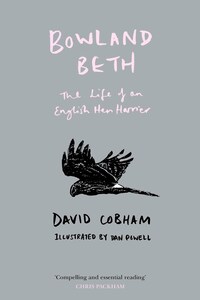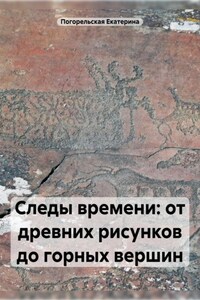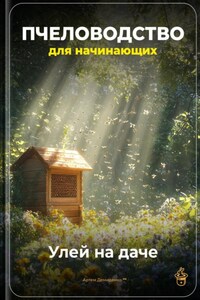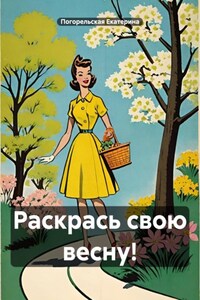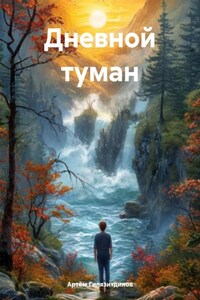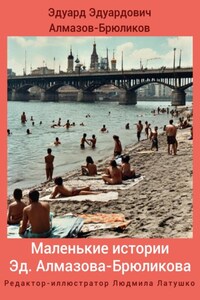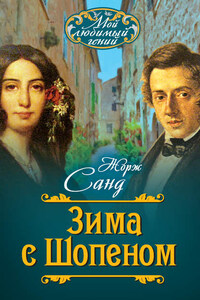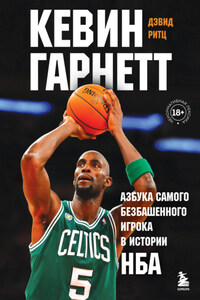William Collins An imprint of HarperCollins
Publishers 1 London Bridge Street London SE1 9GF
WilliamCollinsBooks.com This eBook first published in Great Britain by William Collins in 2017 Copyright © David Cobham 2017 Illustrations (including cover artwork) by Dan Powell David Cobham asserts the moral right to be identified as the author of this work. A catalogue record for this book is available from the British Library. All rights reserved under International and Pan-American Copyright Conventions. By payment of the required fees, you have been granted the non-exclusive, non-transferable right to access and read the text of this e-book on-screen. No part of this text may be reproduced, transmitted, down-loaded, decompiled, reverse engineered, or stored in or introduced into any information storage and retrieval system, in any form or by any means, whether electronic or mechanical, now known or hereinafter invented, without the express written permission of HarperCollins. Source ISBN: 9780008251895 Ebook Edition © August 2017 ISBN: 9780008251925 Version: 2017-07-11
Bowland Beth, named after the Forest of Bowland where she was bred, was an exceptional hen harrier. Some harriers, when near to fledging, stand head and shoulders above the rest of the brood. They are bigger, their plumage is glossier and richer in colour, their eyes are brighter and they fledge ahead of their siblings. Beth was one such.
Following the style of Henry Williamson’s Tarka the Otter and Fred Bodsworth’s Last of the Curlews, I have dramatised Beth’s short life between 2011 and 2012, trying to enter her world to show what being a hen harrier today is like. I have immersed myself not only in the day-to-day regimen of her life – the hours of hunting, bathing, keeping her plumage in order and roosting – but have also attempted to express the fear of living in an environment managed to provide packs and packs of driven grouse for a few wealthy people to shoot for sport.
I hope that by dramatising Bowland Beth’s life I can rally another group of conservationists to join other groups already working hard to challenge those who are determined to illegally exterminate English hen harriers in the interests of driven grouse shooting.
Nearly fifty years ago I made a film of Tarka the Otter, and when it was finished we held a special press show for children, mostly teenagers. Afterwards I asked the audience to come forward and ask questions. Mostly they wanted to know how we made the bubbles and blood in the river. Finally, I was left with one teenaged girl standing before me. When I asked her whether she had liked the film, she said: ‘The otter died. It made me cry.’ To her astonishment I replied: ‘That’s wonderful. You felt something.’
I’m often told that my film of Tarka played an important role in getting otter hunting banned in England and Wales in 1980. Can this dramatised version of Beth’s life awaken similar emotions in people’s hearts and compel them to stand up and deplore in the strongest terms the illegal persecution of the few remaining breeding hen harriers in England? I hope so.
I have been able to dramatise Beth’s life because she was fitted with a satellite tag, and the moment she fledged she was tracked as she sped off to a grouse moor at Nidderdale thirty miles away. A select few watched with delight and alarm as she foraged over a wider and wider area. She survived the winter, and in late spring her hormones kicked in and she started searching high and low for a mate. Her journeys up into the wilds of Scotland made her a national celebrity. On one journey north she covered 125 miles in just eight and a half hours, but without fail she returned to where she had been fledged in the Forest of Bowland.
I knew about the Forest of Bowland because my wife Liza had visited it whenever she could when she was performing in plays at the Grand Theatre in Blackpool. Each time she came back she was bubbling over at the number of harriers she had seen and how kind Stephen Murphy, Natural England’s hen harrier project officer in Bowland, had been in showing her round.
Now, on 24 May 2012, I was going to see Bowland myself. I was researching for a book I was writing on the state of our birds of prey in Britain today and my companion was Eddie Anderson, whom I had known for nearly fifty years. When I first met him he was a gamekeeper. Eventually, after seven years, he gave up gamekeeping and forged a fine career making programmes for Anglia TV and BBC East.
